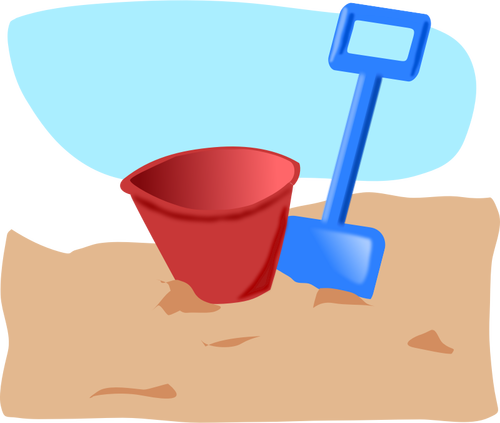LESSON PLAN
Thematic
Unit: The Birds
Name
of the Lesson: Weaving a Nest for 5 years old
|
Objective:
|
Ø
At the
end of the lesson, the children will be able to understand how the nest is
made by seeing an illustration of varied types of nest.
Ø
Refine
their physical skills through fine motor activity as they learn to weave
their own nest using a yarn or a ribbon.
|
|
Pre-requisite
Skills:
|
Recognition and understanding how and
why the birds made their own nest and the importance of it. It will allow
also the children to develop emotional and spiritual skills through
empathizing with the Birds efforts of making it as they also making their own
model nest.
|
|
Materials
Needed:
|
Ø
Half a
paper plate cut and punched hole across twice
Ø
1
large strip of yarn or ribbon for each child (30 inches)
Ø
1
brown or yellow crayon per child to shade the paper plate
Ø
1 book
about Birds
Ø
1 real
or fake birds nest
|
|
Classroom
Dynamics:
|
Ø
During
the discussion or presentation of the lesson and the display of the materials
particularly the nest, the children must be seated in a semi-circle
arrangement.
Ø
During
the activity or the nest weaving the children will be seated at their desk.
|
|
Presentation:
|
Ø Children will be shown a bird’s nest.
It will be passed around from child to child as the teacher will remind the
students
|
|
Reinforcement
Activity
|
Gather the students outside preferably in the park and let them
look for a bird's nest. If they cannot find, bring them back inside the
classroom or just gather them around you and show to them the man-made nest
that you made. Let their imagination started to flow as you are discussing
about the activity for the day.
In the classroom: let them make their own bird's nest. Let them
manipulate the materials and create according to their own will.
|
|
Developmental
Focus:
|
Social, cognitive, emotional and fine motor skills
|

















